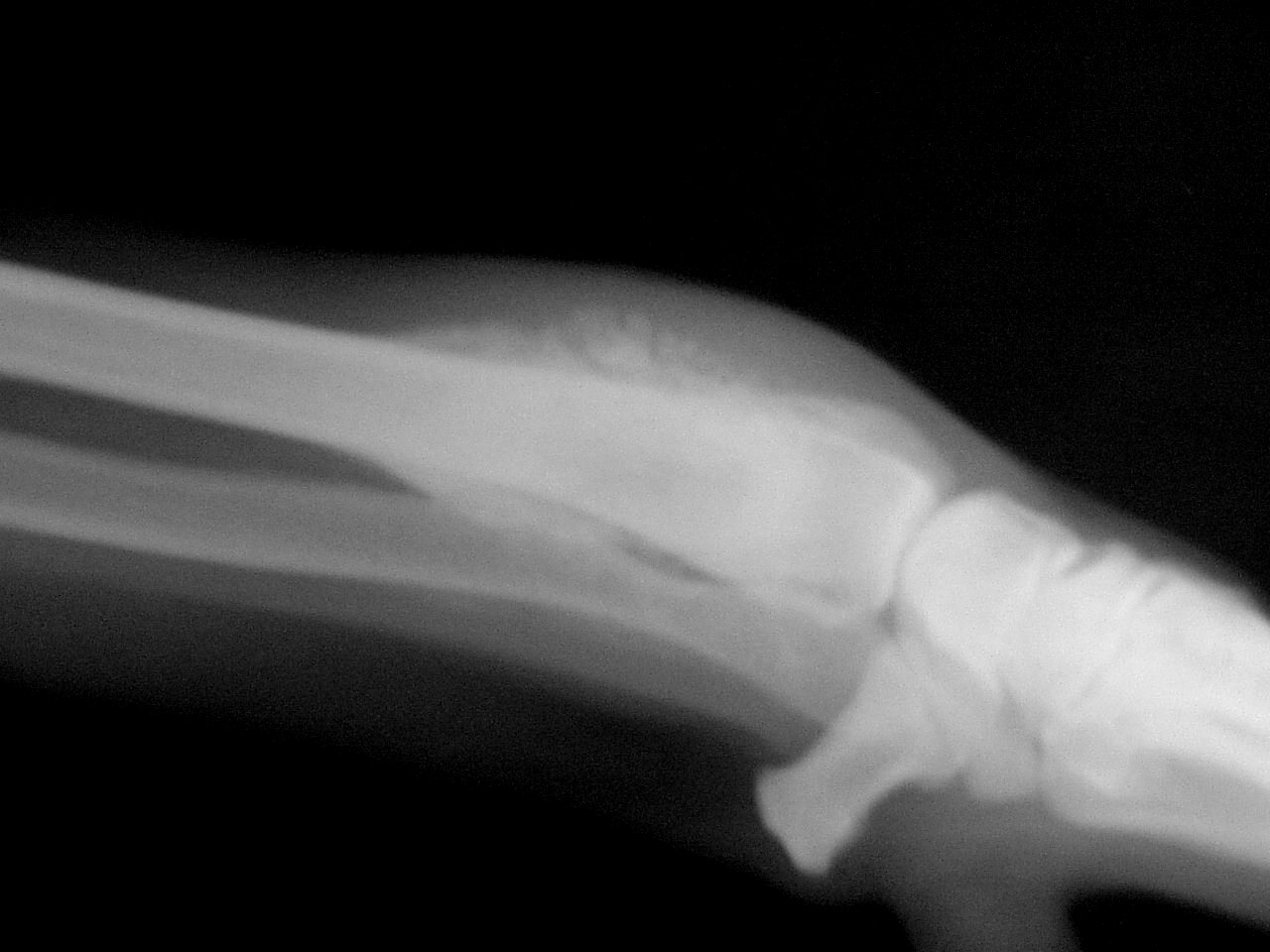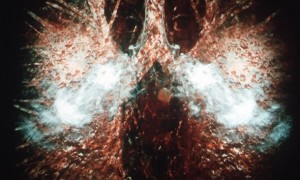Hematopoietic and lymphoid malignancies are commonly called bone marrow cancer and affect the blood, bone marrow and lymph systems in the body. Though the cancer affects similar regions as Acute Lymphoblastic Leukemia (ALL) does, the treatments may overlap but the diseases are not the same. Majority of the blood cells first develop in the bone marrow, the spongy material in the center of our bones. Different types of cells are produced here and have their own functions – white blood cells, red blood cells and platelets. With leukemia, the white blood cells in the marrow start to multiply at an uncontrolled rate and old cells do not die and get replaced like they should. This prevents the growth, development and distribution of other cells. For bone marrow cancer or lymphoma, there is abnormal cell multiplication in the lymph nodes and soon spread to any and all parts of the body.
Another name for bone marrow cancer is multiple myeloma. Usually cancers that affect the bones started in other organ and spread to the marrow. Another type of bone marrow cancer that mostly affects children and young adults is called osteosarcoma. This disease starts on the bones itself on the hips or long limbs like the arms and the legs. For those who are elderly, the form of bone cancer that affects such victims is called chondrosarcoma. It occurs in the area of the thighs, pelvis and shoulders.
The signs and symptoms that occur are similar to those of Acute Lymphoblastic Leukemia (ALL) that is, the patient suffers from weight loss, loss of appetite, fatigue and join or bone pain. Diagnosis for bone marrow cancer includes first determining the extent to which the cancer has spread. There would be biopsies conducted, blood tests and bone imaging.
Treatment
Like majority of the cancers, bone marrow cancer involves chemotherapy, especially in severe cases. Surgery could also be a part of the procedure to remove any cancerous growths on the surface of the bones or in the marrow to remove affected tissues. In some cases, bone marrow transplant is recommended, especially if there are donators with similar DNA structure like family and close kin. Other treatments include radiation therapy, retinoblastoma where mutation of the cells is conducted.
For more information on Bone Marrow Cancer, click HERE.
Liked this article on Bone Marrow Cancer and have something to say? Comment below and don’t forget to SHARE THIS ARTICLE!
Image Source: nerocam.com







